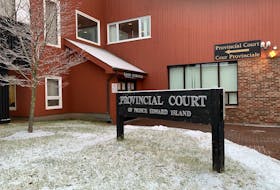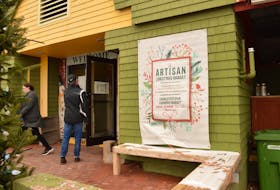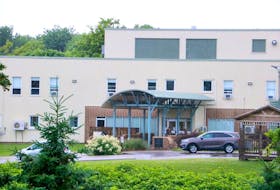A 40,000-acre oil and gas exploration area in the Gulf of St. Lawrence, known as Old Harry, might be out of sight from the shores of P.E.I., but the executive director of the P.E.I. Fishermen’s Association insists it’s certainly not out-of-mind.
“We’ve been involved in watching this process for quite a long time, said Ian MacPherson.
MacPherson was responding to reminders and concerns issued by the Sierra Club of Canada Foundation.
“The need to protect the Gulf is even greater than ever, and we and our allies to continue to call for a complete moratorium on oil and gas in the Gulf,” the Sierra Club’s National Program Director, Gretchen Fitzgerald said in a news release.
Fitzgerald said the exploration licence the Canada-Newfoundland and Labrador offshore petroleum board issued for the Old Harry site in 2008 lapsed Jan. 15, but two oil exploration licences remain for the Quebec portion of the Gulf of St. Lawrence.
Old Harry is situated between Quebec and Newfoundland, about twice the distance from P.E.I. as the Magdalen Islands,
“We have proved that we will fight any move to blast and drill in the Gulf,” Fitzgerald said.
“It’s past time for a moratorium and serious efforts to restore the Gulf ecosystem must begin immediately. This needs to be a safe home for whales and other marine life, and the coastal communities that rely on a healthy Gulf.”
The Gulf of St. Lawrence, which touches on five Canadian provinces, is approximately 226,000 square kilometres in size.
“To my knowledge, it is one of the most bio-diverse areas in the world,” said MacPherson, noting it is home to an incredible number of fish, plant and coral species.
“Different groups share the same concerns about the protection of the ecosystem here,” he said.
Potential harm from seismic testing and environmental harm from contamination are primary concerns.
“I guess one always looks at the worst-case scenario, and the fact there’s ice and things like that, that would make any sort of spill scenario radically different than something in another location,” MacPherson said.
“Right whales in the Gulf have suffered heartbreaking losses in the last two years,” Fitzgerald said.
“They simply cannot withstand the impacts of seismic blasting, oil drilling or a massive spill.”

![['les de la Madeleine are islands belonging to the province of Quebec, situated in the Gulf of St. Lawrence between Prince Edward Island and Newfoundland and Labrador.']](https://saltwire.imgix.net/map-3055907.jpg?cs=srgb&fit=crop&h=568&w=847&dpr=1&auto=format%2Ccompress%2Cenhance)







